A throttle body is a component of the air intake system in an internal combustion engine. It is part of the engine's fuel management system and controls the amount of air that enters the engine, playing a crucial role in regulating the engine's power and efficiency. The throttle body is usually located between the air filter and the intake manifold of the engine. It is connected to the accelerator pedal via a cable or electronic sensor.
Features of a throttle body
The throttle body contains a throttle plate, a flat or butterfly-shaped valve that can be opened or closed to control the airflow into the engine. The position of the throttle plate is regulated by the driver's input on the accelerator pedal. The throttle plate is attached to a shaft that allows it to rotate, controlling the amount of air entering the engine. Some throttle bodies have an Idle Air Control Valve, which regulates the engine idle speed by controlling the amount of air allowed into the engine when the throttle plate is closed. The TPS is mounted on the throttle body and detects the position of the throttle plate. It sends this information to the engine control unit (ECU), helping the ECU adjust fuel injection and ignition timing for optimal engine performance. The housing encloses the throttle plate and provides a passage for the airflow. It is typically connected to the air intake system. The throttle plate is sometimes referred to as a butterfly valve due to its shape. The term emphasizes the valve's ability to open and close like the wings of a butterfly. Throttle bodies may have vacuum ports for various purposes, such as connecting to the brake booster or other components that rely on engine vacuum. Throttle bodies equipped with electronic components like the TPS or IAC have electrical connectors for communication with the engine control unit.
How does a throttle body work?
When the driver presses the accelerator pedal, it opens the throttle body, allowing more air to flow into the engine. The amount of air entering the engine is a critical factor in the combustion process, as it needs to be proportionate to the amount of fuel injected into the engine cylinders. The throttle body contains a butterfly valve (a disc or plate) that opens and closes based on the driver's input. When the accelerator is pressed, the butterfly valve opens, increasing the airflow into the engine. Conversely, releasing the accelerator closes the valve, restricting the airflow. The throttle body also plays a role in controlling the engine's idle speed. It may have an idle air control valve (IACV) that adjusts the amount of air bypassing the closed throttle plate to maintain a consistent idle speed when the accelerator is not engaged. In modern vehicles, many throttle bodies are controlled electronically rather than mechanically. Electronic Throttle Control (ETC) systems use throttle body sensors to detect the position of the accelerator pedal, and the engine control unit (ECU) adjusts the throttle opening accordingly.
How to clean the throttle body
Cleaning a throttle body is a maintenance task that can help ensure proper engine performance and fuel efficiency. To clean throttle body, buyers should put on gloves and eye protection to protect their hands and eyes from the throttle body cleaner chemical. Identify the location of the throttle body in the vehicle. It's typically located between the air filter housing and the intake manifold. For added safety, disconnect the negative terminal of the car battery. This is optional but can prevent accidental electrical issues. In some cases, buyers may need to remove the throttle body for thorough cleaning. This step varies by vehicle make and model. Refer to the vehicle's service manual for guidance. Ensure a thorough cleaning of both the throttle plate and surrounding areas.
Be sure to periodically inspect the throttle body for any signs of dirt, carbon buildup, or debris. Check the movement of the throttle plate. It should open and close smoothly without any sticking. If there's resistance or sticking, it may indicate a problem that needs attention. Check for any signs of air leaks around the throttle body. Leaks can affect the air-fuel mixture and engine performance. A clean and properly functioning air filter is crucial for the overall health of the engine. Ensure that the air filter is in good condition and replace it as needed. Consider using fuel system cleaners or additives designed to keep the fuel system, including the throttle body, clean. Follow the manufacturer's recommendations when using additives. Inspect the vacuum lines connected to the throttle body for any cracks or leaks. Replace damaged lines to maintain proper vacuum pressure. Follow the manufacturer's recommended maintenance schedule for the vehicle. This includes oil changes, spark plug replacements, and other tasks that contribute to overall engine health. Always consult the vehicle's service manual for specific maintenance procedures and recommendations. The steps may vary depending on the make and model of the vehicle. Buy quality throttle bodies on Alibaba.com.



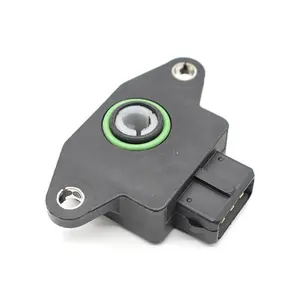

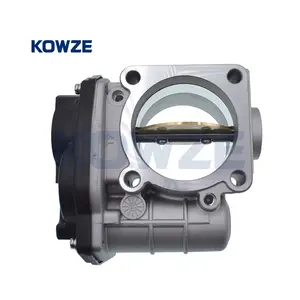




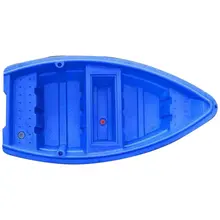

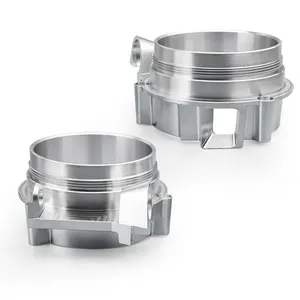

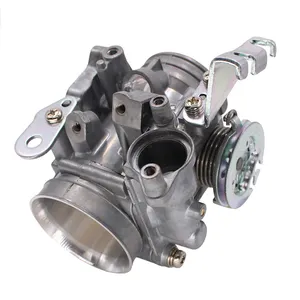
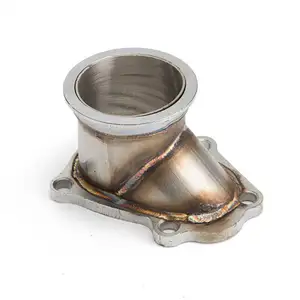

























 浙公网安备 33010002000092号
浙公网安备 33010002000092号 浙B2-20120091-4
浙B2-20120091-4